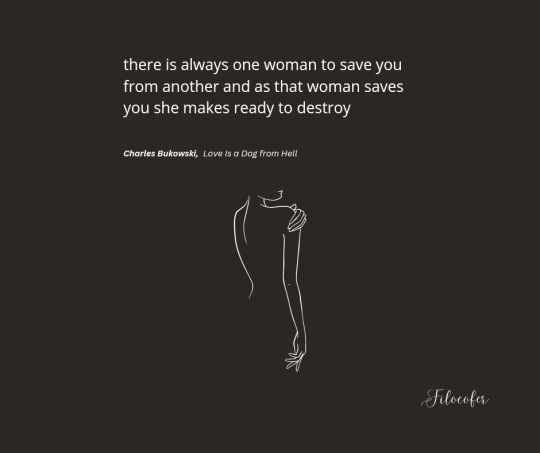#bukovina
Text
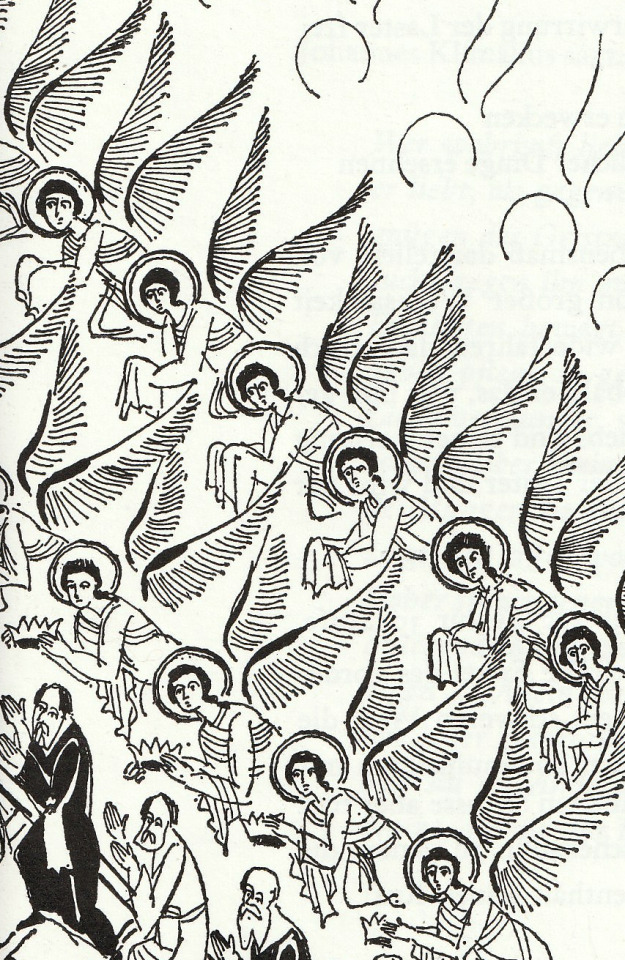
Detail from a diagram depicting the "Ladder of Virtues" (or "Ladder of Divine Ascent") fresco on the north wall of Sucevița Monastery
Wilhelm Nyssen, Bildgesang der Erde. Außenfresken der Moldauklöster in Rumänien (Cologne: Luthe-Verlag, 1994)
704 notes
·
View notes
Text

Spring is coming symbolically with one of the most beautiful local customs (to be sure, Bulgarians have the same custom).
Mărțișor is an old tradition celebrated all over Romania every year, on March 1st. The name Mărțișor is a diminutive of March (Martie in Romanian). On this day, Romanians buy silky red-white threads (șnur) tied into a bow to which a small trinket (or, as in this picture, Spring flowers) is attached and offer them to their (female) family members, friends and colleagues to show friendship, respect or admiration. It is believed that the person who wears the red and white string would enjoy a prosperous and healthy year. In eastern Romania ( Moldavia and Bukovina), the red and white string was complemented with a small - gold or silver - coin. After wearing the coin for twelve days, the women would buy fresh cheese with it, hoping that their skin would be healthy and beautiful the entire year.
Much like in Bulgaria, the custom is clearly very old, pre-Christian and linked to fertility cults. Mărțișor trinkets initially consisted of small river pebbles, colored in white and red, stringed on a thread and worn around the neck. They were worn, to bring good luck and good weather, from March 1 until the first trees would bloom. When the first trees were flowering the Mărțișor were hanged on tree branches.
#romania#rural romania#customs#martisor#eastern europe#traditional folk#spring#white#red#symbol#martie#march#bukovina#moldavia#good luck#luck
425 notes
·
View notes
Text




Jewish cemetery in Siret, Romania, southern Bukovina
448 notes
·
View notes
Text

Bukowina - now = land between Ukraine & Romania.
#Bukowina#Bukovina#post card#kartka#Romania#Rumunia#Ukraine#Ukraina#people#folks#ludzie#wieśniacy#gruss aus#litho#litografia#pocztówka
24 notes
·
View notes
Video
in the autumn forest by Ivan Nikolaichuk
#ukraine#bukovina#autumn#forest#light#tree#flickr#Photography#Autumn Aesthetic#Autumncore#Fall Aesthetic#Autumn Cozy#Fall Blog#nature photography#nature
18 notes
·
View notes
Text
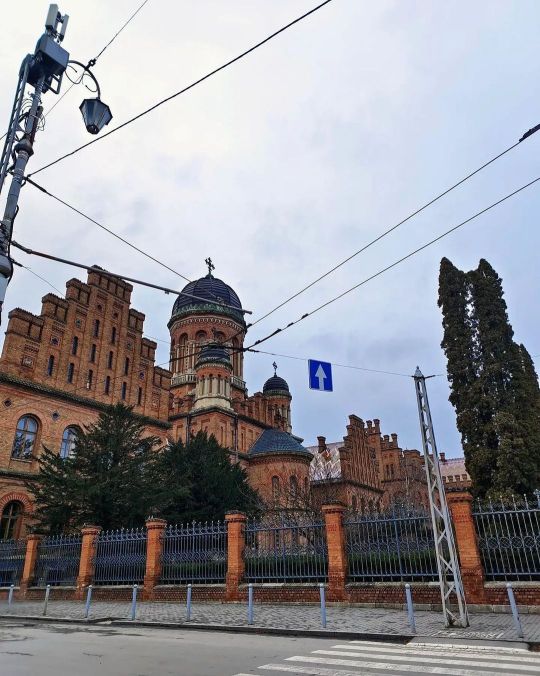
#chernivti#ukraine#picture#architecture#україна#чернівці#буковина#bukovina#europe#travel#stand with ukraine#cities
9 notes
·
View notes
Text

#IFTTT#Flickr#ukraine#autumn#village#bukovina#countryside#canonfan#canonphotography#canon#color#canonnature#nature#nationalgeographic#naturephotography#november#fog
2 notes
·
View notes
Text

Burial shroud of Maria of Mangop, Princess consort of Moldavia (died 1477)
From Putna Monastery, Suceava County, Romania
374 notes
·
View notes
Text
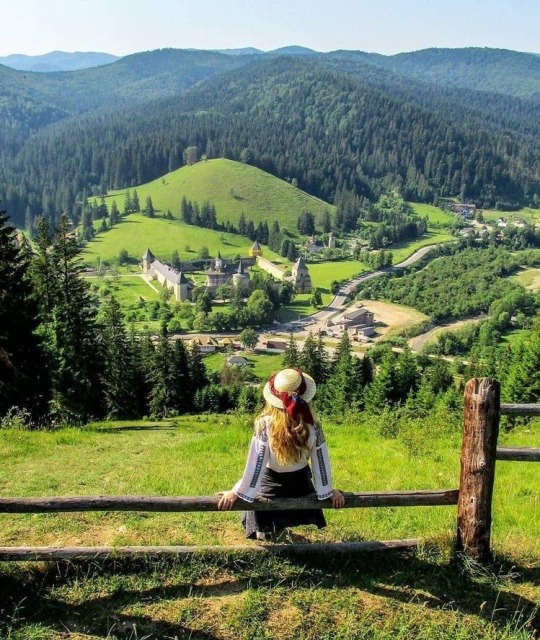
Sucevița Monastery, Bucovina
#romania#rural romania#traditionalism#churches of romania#orthodox monastery#monastery#bukovina#bucovina painted churches#mountains#scenery#landscapes#naturecore#nature#historical sites#orthodox christianity#christianity#faith#eastern europe#europe#rural photography
260 notes
·
View notes
Text

Tombstone in the Jewish cemetery of Suceava, Romania, 1970s
203 notes
·
View notes
Text
I can hear Kalush Orchestra doing their soundcheck from my café terrace👌🏻
4 notes
·
View notes
Text
at multiple times on both sides of my family and even across both sides of my family there were future in laws living within miles of each other in winnipeg kawartha lakes AND regina. HOW DOES THIS HAPPEN IN 3 DIFFERENT PLACES IN CANADA!
5 notes
·
View notes
Text
reading dracula daily is so heartwarming im seeing so many familiar words and locations and its just like woah. i exist huh
#wl26#like damn thats literally the carpathians !! thats literally bukovina!!!!#i live here heehoo#well.#i live. in the country. where those are. GKJDNFGKJDF#but i WILL go to the mountains one day and it will be a very good day :-)
3 notes
·
View notes
Text
1940-Soviet occupation of Bessarabia and Northern Bukovina


The Soviet occupation of Bessarabia and Northern Bukovina took place from June 28 to July 3, 1940, as a result of an ultimatum by the Soviet Union to Romania on June 26, 1940, that threatened the use of force.[3] Those regions, with a total area of 50,762 km2 (19,599 sq mi) and a population of 3,776,309 inhabitants, were incorporated into the Soviet Union.[4][5] On October 26, 1940, six Romanian islands on the Chilia branch of the Danube, with an area of 23.75 km2 (9.17 sq mi), were also occupied by the Soviet Army.

Bessarabia, Northern Bukovina and Hertsa remained part of the Soviet Union until it collapsed in 1991, when they became part of the newly independent states of Moldova and Ukraine. The Declaration of Independence of Moldova of August 27, 1991, declared the Soviet occupation illegal.
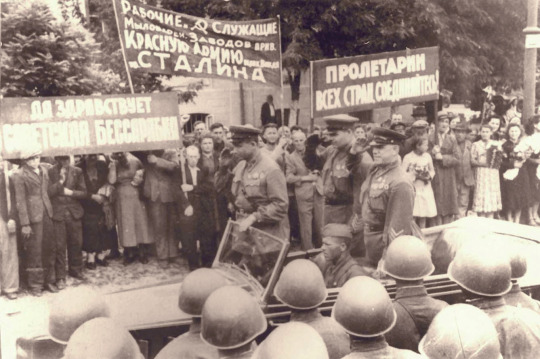
0 notes

